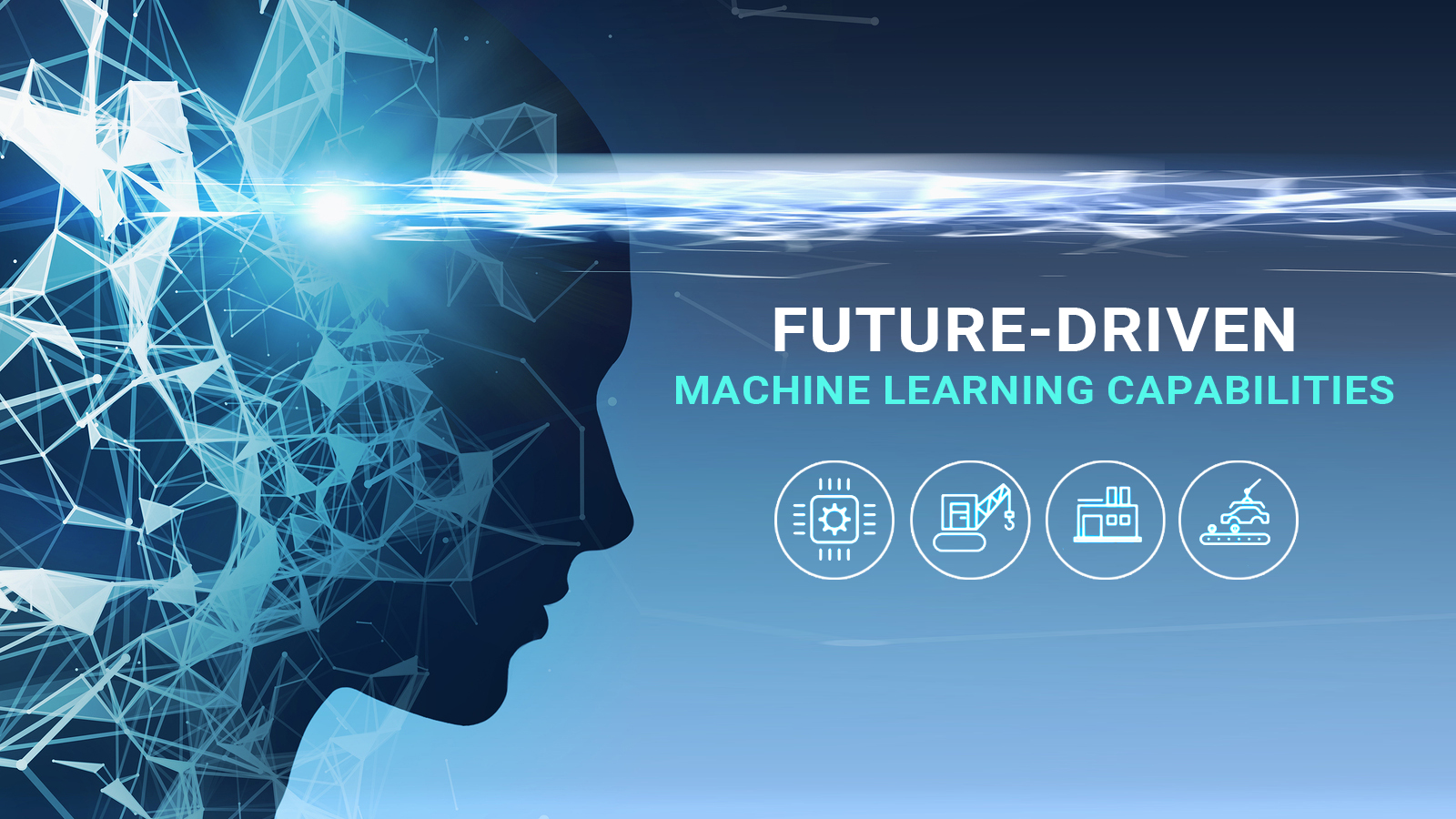Machine Learning (ML) is an application of artificial intelligence (AI) that provides systems the ability to learn and improve from experiences without being explicitly programmed to perform a specific task. The process begins with looking at the data and seeing patterns in it to make better decisions in the future.
Machine learning algorithms can be categorized in the below 4 broad categories:
Supervised machine leaning algorithm
It’s the application of what has been learnt in the past to new data using labeled examples to predict the future events.
Unsupervised machine learning algorithm
It is the study of how systems can infer a function to describe a hidden structure from the unlabeled data.
Semi-supervised machine learning algorithm
It uses both labeled and unlabeled data for training to improve the learning accuracy.
Reinforcement machine learning algorithm
This machine learning approach allows for interacting with the system environment by producing actions and discovering errors and rewards.
Machine learning allows for the analysis of massive amount of data to identify profitable opportunities or dangerous risks. However, it’s “attention” that is the fundamental concept of a machine learning algorithm, so we will elaborate the ML concept with our discussion on Attention.
Attention, self-attention and deep learning architectures
Attention is the mechanism used by the neural networks to focus on the parts of the input to solve a problem. This probability distribution over the input focuses on a particular input aspect and has proven to be powerful but what holds the bigger promise for artificial intelligence landscape is “Self-attention.” While attention may demonstrate its value in natural language processing or NLP in the scenarios like translating a sentence, self-attention represents a sentence’s internal structure and dependencies to determine the most relevant words in it. Self-attention has evolved to do the heavy lifting which was earlier accomplished by RNN (recurrent neural network) and CNN (convolutional neural network) and expanded to generative adversarial network (GAN).
Bidirectional architecture for improved performance
While most of the previous approaches employed shallow neural networks, ELMo (Embedding from Language Model) utilized a deep neural network for richer representation of words by encoding information on context, syntax and semantics. OpenAI GPT (generative pre-trained transformer) replaced LSTM (long short term memory) of ELMo with a transformer network, however the drawback with OpenAI GPT was that it trained its representations with a language model approach, making it a unidirectional one, so only future words could be looked, not backwards. Bidirectional Encoder Representations from Transformers or BERT used a transformer architecture that was bidirectional, resulting in improved outcomes.
Learning richer representations
While GPT was pre-trained to predict the next word in a sentence the traditional language modeling, BERT was pre-trained using masked language modeling that guesses the missing words that came before and after that. This bidirectional approach of BERT allowed it to learn richer representations and perform in a better way.
While ELMo, OpenAI GPT and BERT remained limited to embedding, ULM-FiT (Universal Language Model Fine-tuning for Text Classification) demonstrated that NLP could be used for transfer learning. Current NLP models have powerful embedding of low dimensional vector representations of words.
ML evolving into advance cognitive learning applications
Machine learning is already present in the areas such as predicting failures in industrial equipment, price and load forecasting in energy sector and image processing for facial recognition. ML is going to evolve into more advanced cognitive learning applications offering improved personalized capabilities for recommendation engines.
Neural architecture, which is a sub-field of machine learning, is used to determine the optimal neural network architecture for data sets.
Deep reinforcement learning or DRL has proven to be a more impressive and promising subfield of machine learning. The technology has already seen research interest in news recommendation and drug design, and we already have its amusing application in AlphaGo, a socially aware robot with human-level performance for multiplayer games.
IoT – a big driver for AI
Internet of Things (IoT) is all set to become the biggest driver of artificial intelligence (AI) with advanced ML models based on deep neural networks becoming capable of dealing with video frames, speech synthesis and unstructured data in the near future.
AutoML is gaining trend
AutoML is gaining trend that allows developers to evolve ML models that can provide solutions to complex scenarios without the training of ML models, so the business analysts can focus on the problem, without getting lost in the workflow.
Supervised learning has been at the core most of the successes of machine learning, however, there has recently been increased effort to further grow machine’s language capabilities with the help of unsupervised learning to improve the performance of a wide range of NLP tasks. New approaches and techniques involving contextualized word vectors and pre-trained sentence representation models are being used to augment the performance of NLP.
Machine learning is being used in credit card purchase fraud detection, finding routes on maps and personalized advertising through pattern identification.
The field of machine learning or ML has evolved a lot since data science began gaining momentum few year back. ML is growing at a pace that is exciting from industrial and academic perspectives. The most innovative companies have already starting investing in artificial intelligence and machine learning, and pulling other functions to bring ML initiatives to fruition.


 Jeet
Jeet


